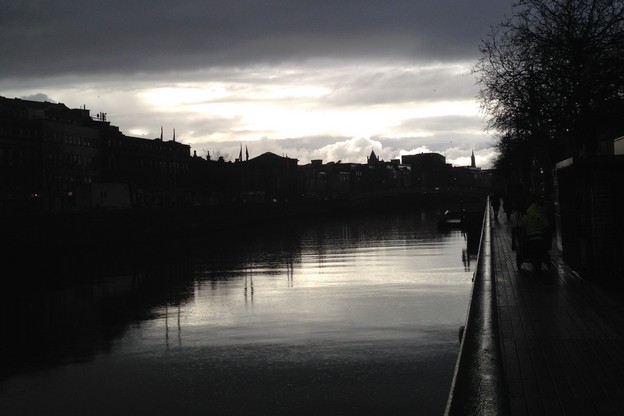Now I am a tower of darkness
Emerging genealogies

The most interesting thing I read during a weekend of convalescence, under a March sun that seemed surprised at its own intensity, was this interview with Emma Penney on the website The Bogman's Cannon about an Irish modernist poet, Freda Laughton. Although Laughton was born in 1907, I feature the interview and her poems here because critical genealogies of twentieth-century Irish poetry are in the process of expanding dramatically. Laughton provides an alternative provenance and inspiration for some of today's writers and their concerns or interventions—as Penney points out:
The lack of critical interest in Laughton reflects the selective vision of literary traditions which often exclude poets who do not fit with the contemporary moment or who may trouble the formation of new movements. Irish critics during the 70's and 80's held Eavan Boland to be the first writer to express what "poetic being" was for a woman; the first to express the domestic; motherhood; the first to map Dublin city as a woman. Laughton expresses all of these experiences in her work decades before Boland.
Christine Murray has three of Laughton's poems here. "Now I am a Tower of Darkness" has a landscape all de Chirico, or Vertigo, and a voice that tracks its rhetoric carefully against the possibilities of enjambment ("As I child I knew / How"; "Hollowed by the silence of the eyes"). "The Welcome" sets its Latinate decadence ("quadriga"; "pavanes") in a Bishop-like cab ride through a city. The grey eighteenth-century houses of Dublin have rarely seemed so alive. What's most remarkable here is the compressed description of the space through which she moves: juxtaposition by careful selection rather than frenetic montage. But it is the dog "brighter than a chestnut" that will not leave my mind.
Speculations: new Irish poetry